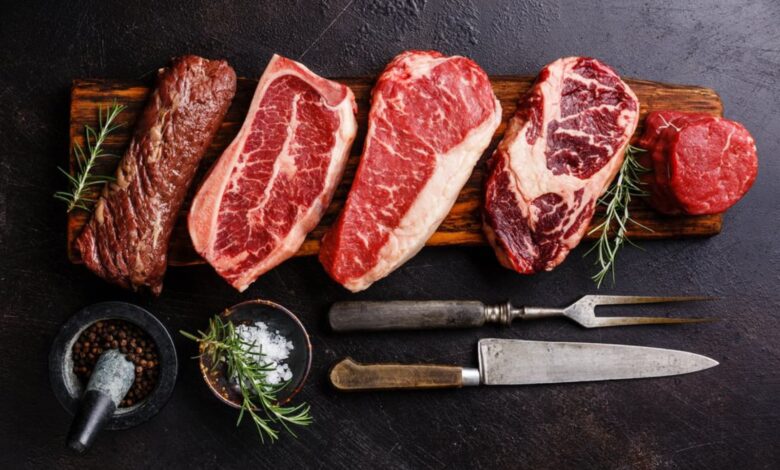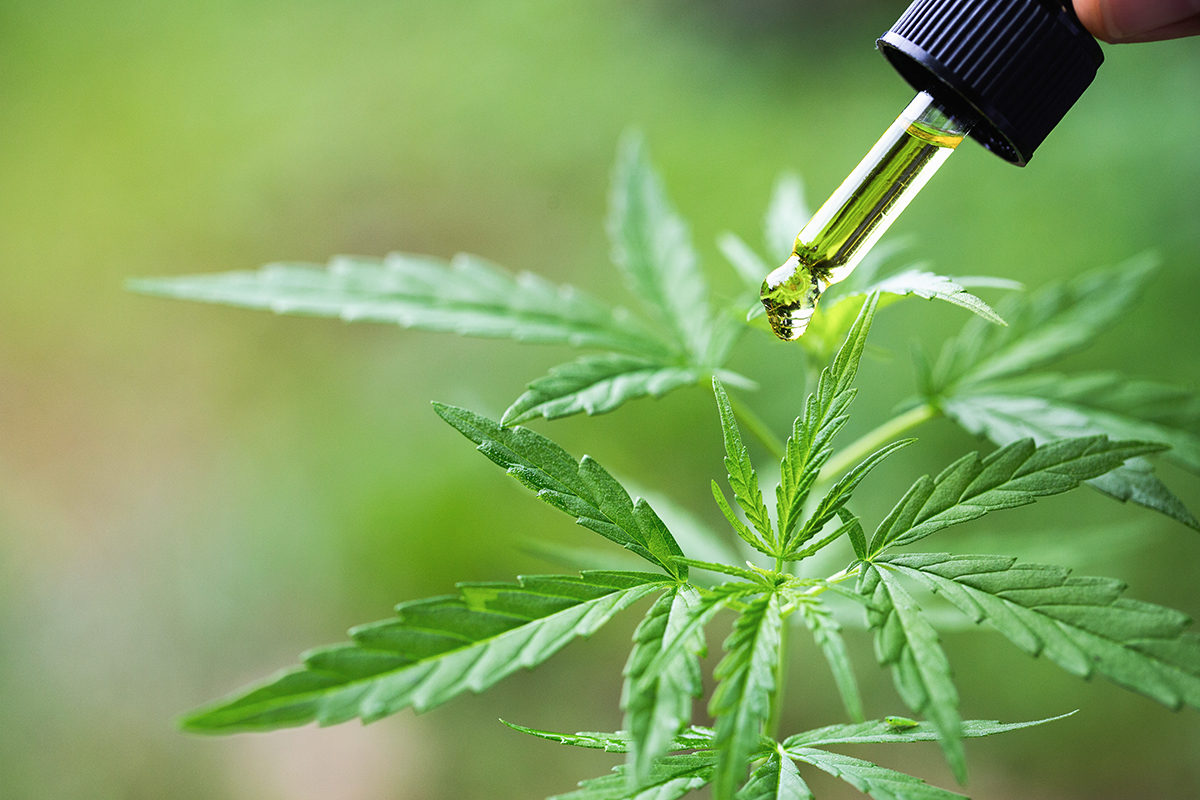
Beef Tallow : Easy Recipe – No Antibiotics or Hormones
Beef tallow is a traditional cooking fat that has made a resurgence in recent years due to its rich flavor and versatility. By rendering beef fat at home, you can avoid the use of antibiotics or hormones often found in store-bought alternatives.
This simple guide will help you learn how to make beef tallow, explore its benefits, and discover the best ways to use it in your kitchen.
What is Beef Tallow and Why Use It?
Understanding Beef Fat and Its Benefits
Beef tallow is rendered beef fat, often derived from the fat trimmings of cuts like brisket and kidney fat. This animal fat is rich in flavor and offers various health benefits, including a good balance of saturated and monounsaturated fats. Unlike many vegetable oils, beef tallow does not contain any additives, making it a healthier choice for cooking.
Its nutrient profile includes vitamins A, D, E, and K, essential for overall health. Furthermore, when you make beef tallow at home, you have complete control over the quality of the fat, ensuring it is free from antibiotics or hormones.
Additionally, using beef fat provides a unique flavor that enhances dishes, especially when used for frying or searing meats. Many chefs prefer it for its ability to withstand high cooking temperatures without breaking down.
The process of rendering beef fat yields a cooking fat that not only improves the taste of food but also provides a source of energy and essential fatty acids. Embracing beef tallow in your cooking can elevate your culinary experience while supporting a more wholesome and natural approach to food preparation.
Why Choose Beef Tallow Over Seed Oils?
Choosing beef tallow over seed oils such as canola or soybean oil can significantly impact your cooking and health. Many seed oils are highly processed and contain omega-6 fatty acids that can promote inflammation when consumed in excess. In contrast, beef tallow offers a more balanced fatty acid profile, with beneficial monounsaturated fats that can support heart health.
Additionally, tallow has a natural, rich flavor that enhances the taste of fried foods, making it ideal for dishes like French fries or seared steak.
Another advantage of beef tallow is its stability at high heat. Unlike seed oils that can smoke and break down, beef tallow has a high smoke point, making it suitable for high-heat cooking methods such as frying and grilling. This stability means that you can use beef tallow without worrying about harmful compounds forming during the cooking process.
By opting for tallow, you not only improve the flavor of your meals but also make a healthier choice for your body.
The High Smoke Point of Rendered Beef Tallow
The high smoke point of rendered beef tallow, which is around 400°F (204°C), makes it an excellent choice for various cooking techniques. This property allows it to be used for frying, searing, and even baking without the risk of smoking or burning.
When you use tallow, you can achieve a perfect sear on a steak or fry food to a crispy golden brown without sacrificing flavor or health. The ability to maintain stability at high temperatures also means that tallow can be reused multiple times, making it a cost-effective and sustainable cooking fat option.
Furthermore, the high smoke point of beef tallow means it is less likely to produce harmful compounds compared to lower smoke point oils. These qualities make tallow an attractive alternative for both home cooks and professional chefs who seek optimal flavor and health benefits.
By rendering beef tallow, you are not only enhancing your meals but also choosing a cooking fat that aligns with a health-conscious lifestyle. This makes tallow an essential staple in any kitchen that prioritizes quality and taste.
How to Make Beef Tallow at Home?
Ingredients Needed to Render Beef Tallow
To make beef tallow, you will need high-quality beef fat, typically sourced from a butcher. Look for fat trimmings, such as kidney fat or suet, which are ideal for rendering. You may also want to have a fine mesh strainer or cheesecloth on hand for straining impurities from the rendered fat.
Additionally, a slow cooker or a heavy-bottomed pot (get it now) will be necessary for the rendering process. It is essential to use beef fat that is free from antibiotics or hormones, ensuring a natural and healthy final product.
Other than the beef fat, you may want to have glass jars or mason jars ready for storing the rendered tallow. These containers will help keep the tallow fresh and ready for use in your cooking. It’s also a good idea to have a meat thermometer to monitor the temperature during rendering, ensuring that you maintain a low and slow cooking process.
By gathering these ingredients and tools, you will be well-prepared to make beef tallow at home and enjoy its many benefits in your kitchen.
Step-by-Step Guide to Render Beef Tallow
To render beef tallow, start by cutting the beef fat into small pieces, which will help it melt more evenly. Place the chopped fat into a slow cooker or pot over low heat. As the fat begins to melt, you will notice small bubbles forming, indicating that the rendering process has started.
It’s crucial to keep the heat low and slow, allowing the fat to render properly without burning. Stir occasionally to help the fat melt evenly, ensuring all pieces are fully rendered.
Once the fat has completely melted and you see clear liquid fat with minimal impurities, it’s time to strain the tallow. Use a fine mesh strainer or cheesecloth to remove any solid bits. Pour the rendered fat into a clean mason jar or heat-safe container while it is still warm.
Allow the tallow to cool to room temperature before sealing the jar. Once cooled, you can refrigerate it or store it at room temperature, depending on your preference. Following these steps will yield a batch of high-quality beef tallow ready to enhance your cooking.
Using a Slow Cooker for Easy Tallow Preparation
Using a slow cooker is an excellent method for rendering beef tallow (you need it ), as it allows for a controlled and low cooking temperature. Simply add the chopped beef fat to the slow cooker, set it on low, and let it work its magic. This method is hands-off, requiring minimal attention while the tallow renders slowly over several hours.
The slow cooker ensures that the fat melts evenly without the risk of burning or smoking, making it an ideal choice for beginners.
As the fat renders in the slow cooker, you’ll notice the transformation from solid fat to a beautiful golden liquid. This process can take anywhere from 6 to 8 hours, depending on the amount of fat you are rendering. Once the tallow is fully rendered, strain it through a fine mesh strainer or cheesecloth to capture any impurities.
The result is beautifully clear, rendered beef fat that can be stored in jars for future use. Utilizing a slow cooker simplifies the preparation of beef tallow, making it an accessible and rewarding process.
What Are the Best Uses for Beef Tallow?
Cooking with Tallow: Frying and Searing
Beef tallow is an exceptional cooking fat, particularly for frying and searing. Its high smoke point allows you to cook at high temperatures without the risk of smoke or harmful compounds forming. When frying foods like French fries, tallow adds a rich, savory flavor that enhances the overall taste.
Additionally, using tallow for searing meats helps create a perfect crust, locking in moisture and flavor while elevating your dish to restaurant-quality standards.
Furthermore, tallow can be used for sautéing vegetables or as a base for sauces, imparting a depth of flavor that other oils cannot match. When you choose to fry or sear with beef tallow, you’re not only enhancing the taste of your meals but also benefiting from the nutritional profile of this animal fat.
The versatility of tallow makes it a kitchen staple, perfect for various cooking techniques and cuisines while delivering delicious results.
Using Beef Tallow in BBQ and Grilling
Beef tallow is a fantastic addition to BBQ and grilling recipes, providing moisture and flavor that can elevate your cooking. When grilling steaks, brushing them with tallow before cooking can help prevent them from drying out, ensuring a juicy and flavorful result.
Tallow is also an excellent choice for basting meats during cooking, adding an extra layer of richness and enhancing the overall flavor profile of your BBQ dishes(make yours).
In addition to meats, tallow can be used to prepare grilled vegetables, adding a delicious and savory taste. Simply toss your vegetables in melted beef tallow before grilling for a mouthwatering side dish.
Whether you’re smoking brisket or grilling burgers, incorporating beef tallow into your BBQ repertoire will not only enhance flavors but also ensure a satisfying meal that everyone will love.
Substituting Beef Tallow for Other Cooking Fats
Beef tallow can be easily substituted for other cooking fats, such as butter, lard, or vegetable oils, in many recipes. When baking, you can replace butter with tallow to create flaky pastries and tender cookies.
The unique flavor of tallow adds a delicious twist to baked goods, making them stand out. In savory dishes, substituting tallow for vegetable oils can bring a richness that enhances your meals and makes them more satisfying.
When cooking, consider using tallow for frying, sautéing, or roasting, as its high smoke point allows it to withstand high temperatures without losing flavor. Tallow can also be used in marinades or sauces, providing a robust base that complements a variety of dishes.
By incorporating beef tallow into your cooking, you can enjoy its many benefits while experimenting with flavors and textures in your kitchen.
How to Store Rendered Beef Tallow Properly?
Best Containers for Storing Beef Tallow
When it comes to storing rendered beef tallow, choosing the right container is crucial for maintaining its quality. Glass jars, such as mason jars(buy here), are ideal for this purpose, as they are airtight and help keep the tallow free from impurities and odors.
Make sure the jars are clean and dry before filling them with cooled tallow, ensuring a long shelf life. You can also use vacuum-sealed bags for shorter-term storage, especially if you plan to freeze the tallow.
It’s important to leave some space at the top of the jar or container when filling it with tallow. As the tallow cools, it may expand slightly, and having space ensures that the container does not burst.
Proper storage will prevent the tallow from becoming rancid and will keep its flavor intact, ready for use in your cooking whenever you need it. By following these tips, you can ensure that your rendered beef tallow remains fresh and flavorful for an extended period.
How Long Does Beef Tallow Last in the Fridge?
When stored properly in the fridge, rendered beef tallow can last for several months, typically up to 6 months. The cool temperature helps preserve its quality and prevents rancidity, allowing you to enjoy its rich flavor over an extended period.
If you notice any off smells or changes in color, it’s best to discard the tallow to ensure safety. Keeping it in an airtight container will also help maintain its freshness and flavor for a longer time.
If you want to store beef tallow for even longer, consider freezing it. In the freezer, tallow can last for about a year without losing its quality. Simply pour the cooled tallow into freezer-safe containers or vacuum-sealed bags, ensuring that you remove as much air as possible before sealing.
This method will keep your tallow ready for use in your favorite recipes whenever you need it while maintaining its rich flavor and beneficial properties.
Refrigerate vs. Room Temperature Storage
When it comes to storing rendered beef tallow, you have the option to refrigerate it or keep it at room temperature, depending on how quickly you plan to use it. If you intend to use tallow frequently, storing it in the fridge is advisable, as it will maintain its quality for longer.
Refrigeration slows down the oxidation process, ensuring that the tallow remains fresh and flavorful for several months. However, if you prefer to keep it at room temperature, make sure to store it in a cool, dark place away from direct sunlight.
Storing tallow at room temperature is acceptable for short-term use, particularly if you plan to consume it within a few weeks. Ensure that the container is airtight to prevent any exposure to air, which can lead to rancidity. Regardless of your storage choice, always check the tallow for any signs of spoilage before using it.
By understanding the best storage practices, you can enjoy the benefits of rendered beef tallow while maintaining its quality and flavor in your cooking.
What Are Common Mistakes When Making Tallow?
Overheating and Its Effects on Tallow
One common mistake when rendering beef tallow(try it) is overheating the fat. When the temperature exceeds the high smoke point, it can cause the fat to break down, resulting in an unpleasant taste and potentially harmful compounds.
To avoid this, it’s essential to monitor the temperature closely, especially when using a stovetop method. Keeping the heat low and slow allows the fat to melt gently, ensuring that you achieve a high-quality, flavorful tallow without any burnt or bitter notes.
When rendering fat, patience is crucial. Rushing the process by increasing the heat can lead to a batch of tallow that is less than ideal. Instead, allow the fat to render gradually, stirring occasionally to help it melt evenly.
This slow rendering method not only enhances the flavor but also ensures that the nutrients are preserved. By taking the time to render beef tallow correctly, you can enjoy a superior product that can elevate your cooking and provide numerous health benefits.
Straining Impurities from Rendered Fat
Another frequent mistake in the tallow-making process is failing to strain impurities effectively. After rendering the beef fat, it’s essential to use a fine mesh strainer or cheesecloth to remove any solid bits or impurities that may have formed during rendering.
Neglecting this step can result in a gritty texture and undesirable flavors in the final product. Straining not only improves the quality of the tallow but also extends its shelf life by preventing spoilage.
To achieve the best results, allow the rendered fat to cool slightly before straining, as this will help maintain its liquid form while ensuring impurities are easily captured. Use a clean, dry container to collect the strained tallow, ensuring that it is free from any remnants of solid fat.
By paying attention to this critical step in the rendering process, you will be rewarded with beautifully clear, rendered beef fat that is ready for use in your favorite recipes.(make your tallow now)
Tips for Achieving the Perfect Batch of Tallow
To achieve the perfect batch of beef tallow, start by sourcing high-quality beef fat, preferably from grass-fed animals. This ensures that the rendered fat is rich in flavors and nutrients. Additionally, cut the fat into small pieces to help it melt evenly during the rendering process.
Using a slow cooker is an excellent way to control the temperature and prevent overheating, resulting in a beautifully flavored tallow.
Another tip is to monitor the cooking time closely. The rendering process can take anywhere from several hours to a full day, depending on the amount of fat being rendered.
Be patient and allow the fat to melt slowly until it turns into a clear liquid. Once fully rendered, strain the fat to remove impurities, ensuring a smooth and clean final product. By following these simple tips, you can make beef tallow that elevates your cooking and offers a delicious, healthful alternative to other fats.
Can Vegan Alternatives Work in Place of Beef Tallow?
Understanding the Differences Between Animal Fat and Vegan Alternatives
Vegan alternatives can work in place of beef tallow, but it’s essential to understand the differences in flavor, texture, and nutritional value. Animal fat, like beef tallow, contains a unique blend of saturated and monounsaturated fats that contribute to its rich flavor and high smoke point.
In contrast, many vegan alternatives, such as coconut oil or vegetable oils, may have different flavor profiles and cooking properties. While some plant-based fats can mimic the texture of tallow, they may lack the depth of flavor that beef fat provides.
Additionally, the nutritional composition of vegan alternatives differs significantly from that of animal fats. For instance, while tallow is rich in vitamins A, D, E, and K, many plant-based oils lack these essential nutrients. When considering substitutes for beef tallow, it’s crucial to evaluate the overall impact on flavor and health, ensuring that the chosen alternative aligns with your cooking needs and dietary preferences.
Popular Vegan Substitutes for Tallow
Some popular vegan substitutes for beef tallow include coconut oil, olive oil, and avocado oil. Coconut oil is known for its high saturated fat content and can withstand higher cooking temperatures, making it an excellent alternative for frying and baking. Olive oil, on the other hand, offers a distinct flavor and is best used for sautéing or dressing salads. Avocado oil has a high smoke point and a mild flavor, making it a versatile option for various cooking methods.
While these vegan alternatives can work well in many recipes, it’s essential to remember that they may not replicate the unique flavor that beef tallow imparts. When substituting tallow in recipes, consider the overall taste and texture of the dish, adjusting seasonings as needed to achieve the desired result.
By experimenting with these vegan options, you can find a suitable alternative that meets your cooking requirements while accommodating dietary preferences.
How to Choose High-Quality Fats for Cooking
Choosing high-quality fats for cooking is essential for both flavor and health. When selecting cooking fats, prioritize options that are minimally processed, free from additives, and sourced from reputable suppliers. For animal fats, look for grass-fed options, as they tend to have a healthier balance of omega-3 and omega-6 fatty acids. Additionally, ensure that the fat does not contain any antibiotics or hormones, which can impact both flavor and health benefits.
For plant-based options, select organic oils that are cold-pressed and free from chemicals. This ensures that you are getting the most nutritious and flavorful oils possible. By being diligent in your selection, you can enhance your cooking with high-quality fats that not only taste great but also provide numerous health benefits. Incorporating these fats into your diet mindfully can contribute to a balanced and nourishing approach to cooking

















